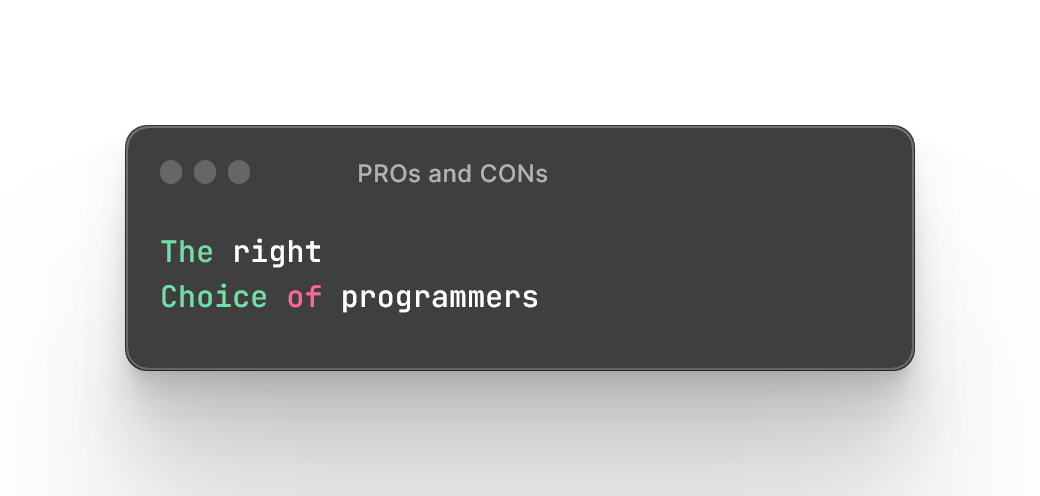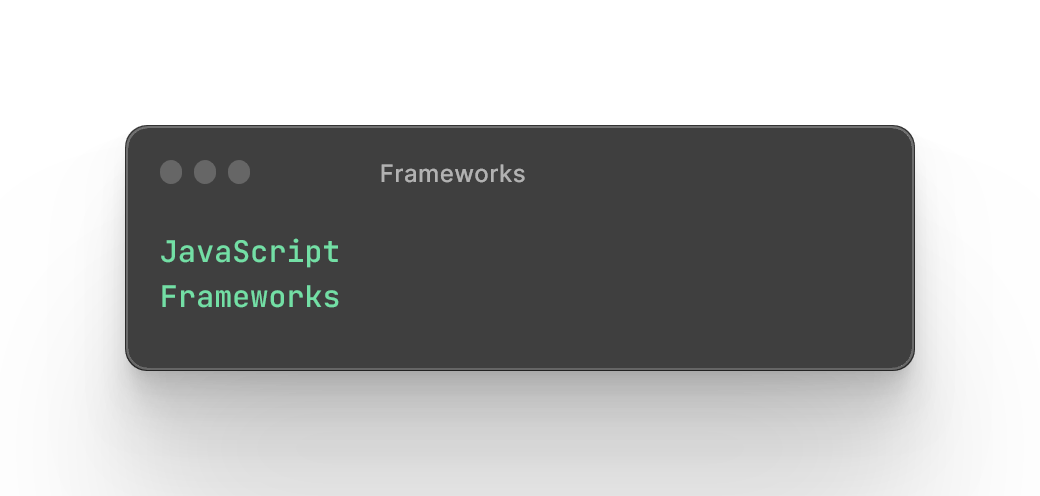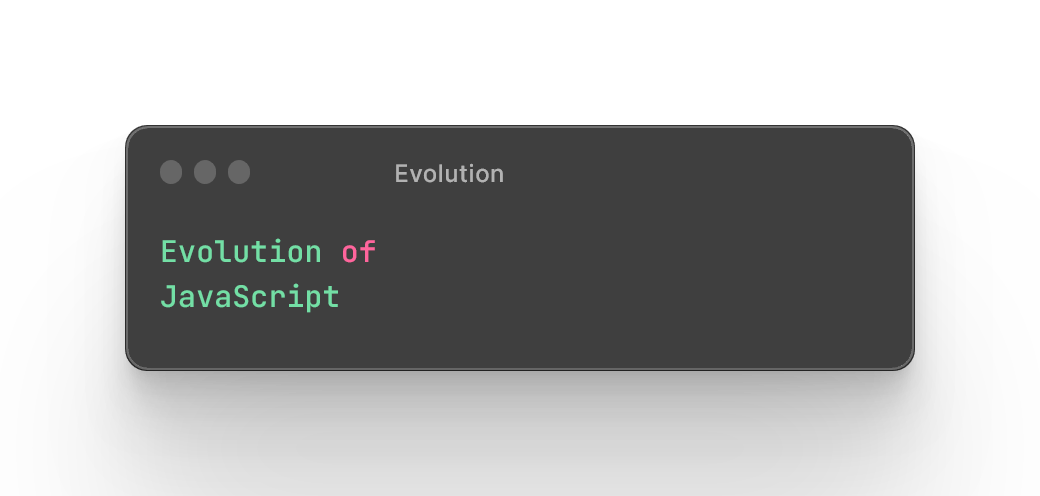
Learning computer programming is an exciting journey that opens up a world of possibilities in today's technology-driven society. However, students often encounter various challenges along the way, making the process seem daunting and overwhelming. In this article, we will explore some of the common problems students face when learning computer programming and provide valuable advice on how they can overcome these obstacles to make their learning journey more enjoyable and successful.
Talk is cheap. Show me the code.
- Linus Torvalds
1. Complexity of Concepts
Computer programming involves dealing with abstract concepts and logical thinking, which can be challenging for many students, especially those who are new to the field. Understanding algorithms, data structures, and syntax can seem intimidating at first.
Advice:
Start with a beginner-friendly programming language like Python, which has a straightforward and readable syntax. Utilize interactive coding platforms and online tutorials that offer step-by-step guidance and immediate feedback. Breaking complex problems into smaller, manageable tasks can also make the learning process more approachable.
2. Fear of Making Mistakes
Students often fear making mistakes and believe that errors indicate a lack of ability or intelligence. This fear can hinder their progress and discourage them from experimenting and learning from their mistakes.
Advice:
Embrace mistakes as valuable learning opportunities. Programming inherently involves trial and error, and mistakes are a natural part of the process. Encourage students to view errors as stepping stones toward improvement. Provide a supportive learning environment where students feel comfortable seeking help and collaborating with peers.
3. Lack of Practical Application
Some students struggle to see the real-world applications of the programming concepts they are learning. This disconnect can make the learning process feel disconnected from reality.
Advice:
Integrate practical projects into the learning curriculum. Assign tasks that relate to real-life scenarios, such as building simple web applications, games, or automating everyday tasks. Practical applications not only make the learning more engaging but also demonstrate the usefulness of programming skills in various fields.
4. Information Overload
The abundance of learning resources available online can overwhelm students, making it challenging to find the most effective and relevant materials.
Advice:
Recommend a curated list of reputable learning resources, including online tutorials, coding platforms, and interactive challenges. Encourage students to focus on a single resource or course at a time to avoid feeling overwhelmed. It's better to master one concept before moving on to the next.
5. Time Management
Students often have busy schedules with academic commitments, extracurricular activities, and social life. Finding time to dedicate to learning programming can be a significant challenge.
Advice:
Advocate for consistent, small study sessions rather than sporadic long sessions. Even dedicating 20-30 minutes a day to programming practice can yield significant progress over time. Encourage students to create a study schedule and prioritize programming in their daily routine.






